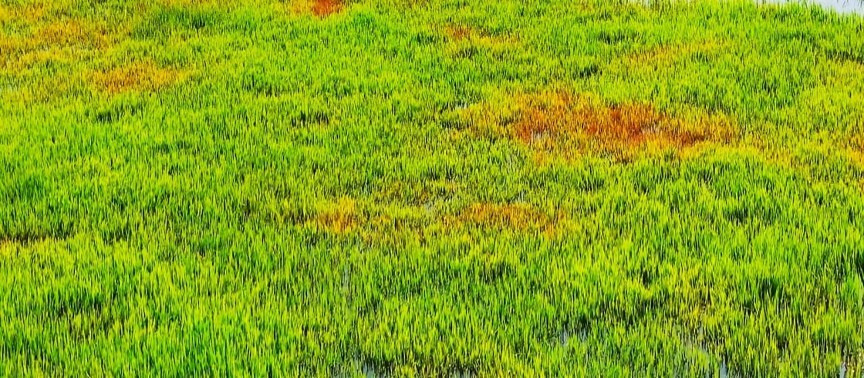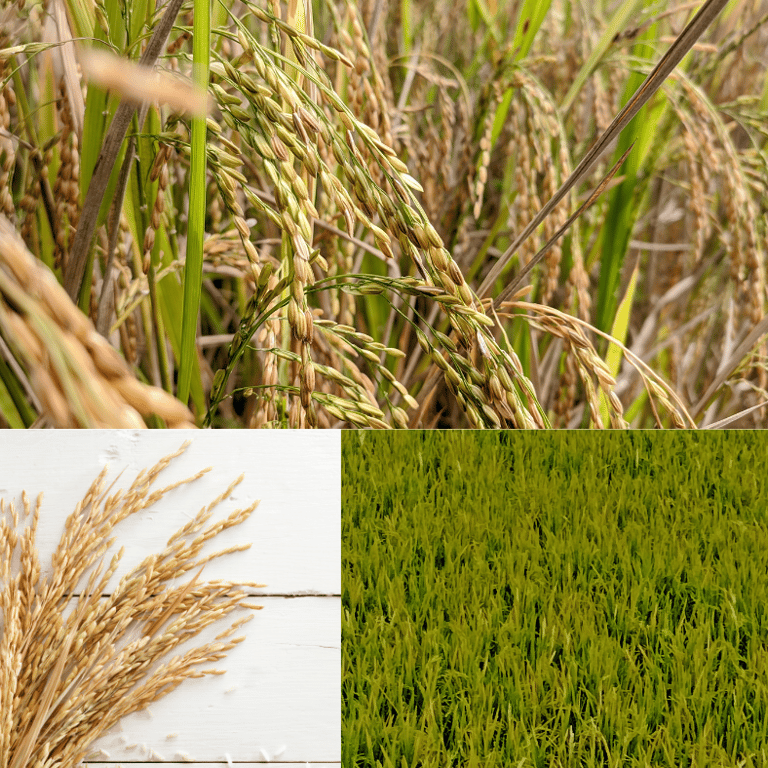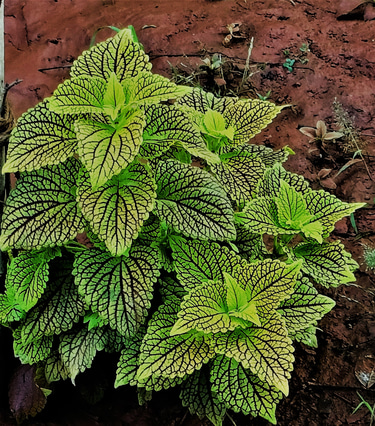The blast disease in Paddy
Ability of paddy blast causing pathogen to make all the stages of the crop be vulnerable, from seeding to harvesting and pathogens potency to infect any plant part of the crop, difference means of spreading and resourcefulness to survive adverse conditions, have made this disease more intimidating.
5/1/20244 min read


Blast: A Fungal Disease of Paddy
Rice is the ancient crop that is being cultivated by mankind and one of the major staple food crop covering 23% of total caloric consumption in the world. Rice is being cultivated majorly in Asian countries, where hot and humid climate prevails. Like any other crop, rice cultivation also faces many constrains. Incidences of fungal disease one such severely affecting worlds rice production. Rice blast is one such ravaging fungal disease which may result in yield loss up to 70-80%, (Ou,1985). As per some estimate, annual loss of paddy due to the blast disease is enough to feed 60 Million people, thus posing a major threat to world food security. Use of high yielding, short duration, fertilizer responsive varieties, mono-culture also contributed in their own way in incidences and spread of the disease. Developing resistance cultivars proved major break through in the management of blast, but pathogens had their own to overcome it by changing their genetic constituents. Thus durability of resistance has not lasted long. Another important factor is the ability of pathogen to make all the stages of the crop be vulnerable, from seeding to harvesting. Pathogens potency to infect any plant part of the crop, difference means of spreading and resourcefulness to survive adverse conditions, have made this disease more intimidating.
Incidence of rice blast was first discovered in 1637 in China by Soong Ying-Shin, referred it as 'rice fever disease', whereas detected in Japan, in 1704, with a name 'Imochi-byo' by Tsuchiya. In India it was first reported in Tanjavur Delta in 1913 (Padmanabhan, 1965).
Pyricularia grisea, The causal organism of paddy blast
The fungus Pyricularia oryzae (Magnaporthe grisea) is a Ascomycetes group of fungi, an extremely potent pathogens to cause plant diseases. They can reproduce both sexually and asexually and knack of producing infectious structures like appressoria to infest areal tissues. Appressorium is a structure with cell wall made up of outer chitinous and inner melanin layers. This helps to penetrate into host tissue. Presence of hypa eases the pathogen to move between plant cells during penetration. There the pathogen sporulates to produce conidia on infecting. The process can take a week time under favorable condition. Formation of lesions is the initial symptom of infection. Under unfavorable circumstances , spores or conidia take the shelter on straws , weeds, stubbles and can infect succeeding seasons. In the higher atmospheric humidity, conidia become airborne and can travel long distance and fall and spread over healthy plants. Cloudy atmosphere, continuous or intermittent drizzling favors the incidence of disease.
Symptoms of Rice Blast Disease:
Appearance of lesion is the main and initial symptoms in rice blast. The same starts appearing 3-4 days of infections on healthy tissues. Based on part of the crop that get affected, the disease is classified as Leaf blast, Collar blast/Nodal blast and Neck blast.
Leaf blast: Here, initially small specks with whitish or greenish center and brownish border start to appear on leaves. Later they grow bigger to take the shape of spindles. The same may increase in number and size, coalesce to form dark necrotic patches with ash colored center. In advanced stage, crops shows burnt appearance in patches at a distance. Speed of spread of symptoms depends on climate, age of the plant and resistance and susceptibility of cultivar to the disease.
Collar rot: Collar blast, otherwise known as nodal blast. In this case, necrotic spot or lesions appear at the junction where leaf blade joins stem sheath. In later stage breakage and rotting happens at affected area.
Neck Blast: Neck blast is characteristic of necrosis at that portion of rice stem, just above the leaf supporting the panicles. It is the more destructive stage which affect the economic yield. The necrotic lesion even spread to panicles, their spikes and spiklets. Panicle may fall over in advanced stage. This stage greatly affects the grain filling or milky stage, either leading completely chaffy or partially filled grains. In advance condition entire panicle rotten and shed.


Management of Rice Blast:
Management of rice blast should involve integrated approach.
Planting of resistant cultivars like phalguna, Swathi, Swarnamukhi, CO47 and CO50, IR-36, IR-64, Jaya, Prabhath, Tulasi, Mandya Vijaya, Adithya, Sasyashree.
Avoid excess use nitrogenous fertilizer. It is recommended to use nitrogenous fertilizers in three split doses, rather applying in single dose. Avoid or delay in using the nitrogenous fertilizer when the crops shows blast symptoms may have some impact.
Keep the paddy field free from weed, including farm bunds, especially from grass weeds. Paddy blast pathogen have the habit of finding alternate hosts in grass weeds.
Burn the stubble and straw after harvesting, otherwise they may become source of innoculum for succeeding growing season.
Avoid dry nursery to raise the seedling. Nursery properly irrigated and maintained with water stagnated condition.
Avoid the field which have been found incidences of blast disease in previous season.
Ensure early planting and avoid late transplanting.
Presence of silica in plant proved as a barrier to pathogen entry and establishment. Thus application of materials with more silica content like paddy husks and straw is recommended.
Chemical Control: Use of fungicides proved very effective and speedy way to control blast of paddy. That has to be done from sowing to cropping stage. . Seeds can be treated with Captan or Carbendazim 50 WP @ 2gm/kg or treat with pyroquinon 50 WP or tricyclazole 75 WP @ of 1 gm/kg. At field condition, crop is sprayed with tricyclazole 75 WP @ of 0.6 gm/lt or Isoprothiolane 40 EC @ 1.5 ml/l or Kasugamysin 3 SL @ 2.5gm/l, have been found effective. Number of spray to be conducted depends on severity of disease and stage of the crop.
Newsletter
Sign up for our newsletter and get notified about all new posted articles.
ADDRESS
House No. 2-113(P), Visnumurthynagar, Kelarkalabettu, Thenkanidiyuru, Udupi
cONTACT
7975809540
satishmqc362@gmail.com
